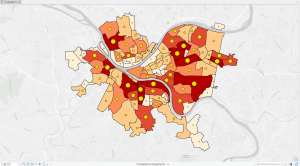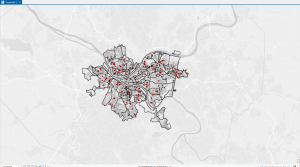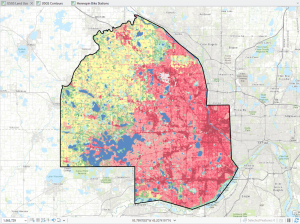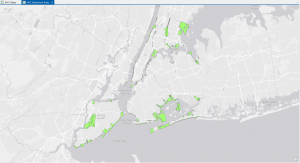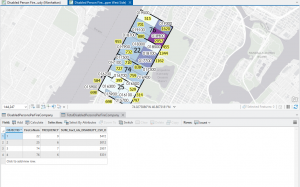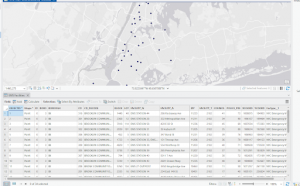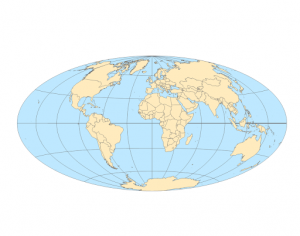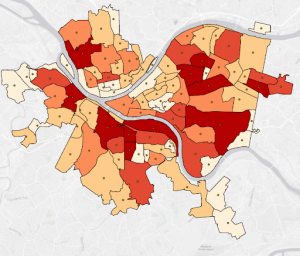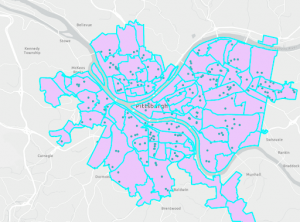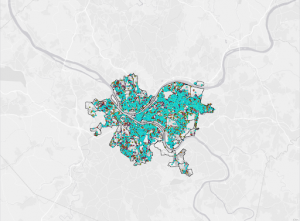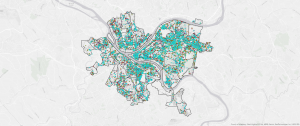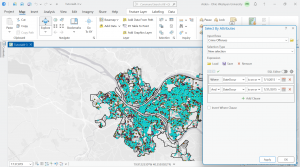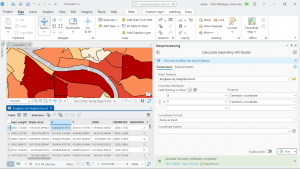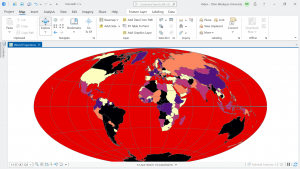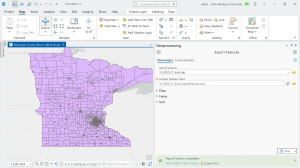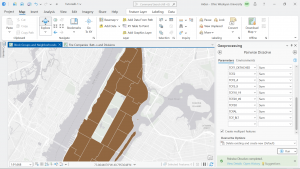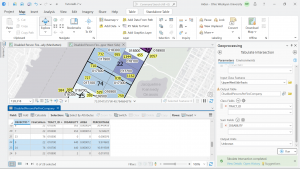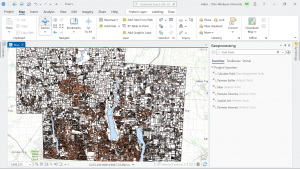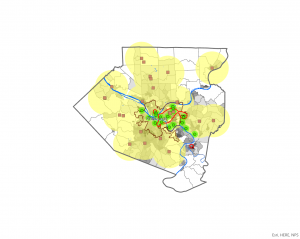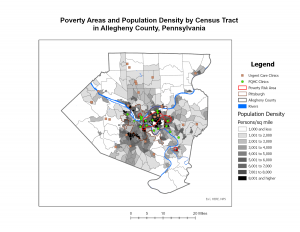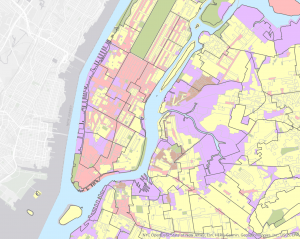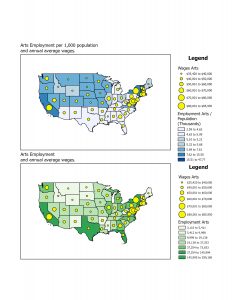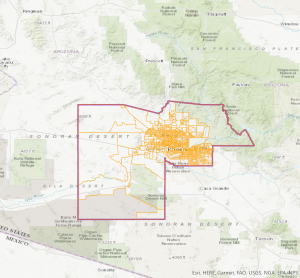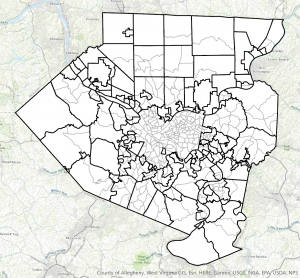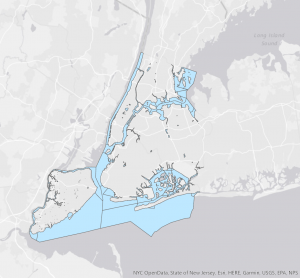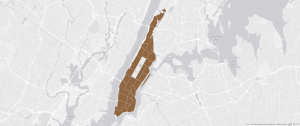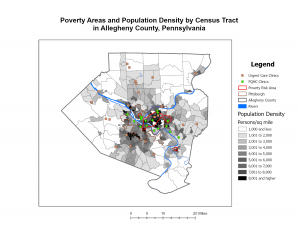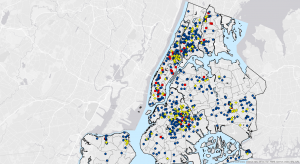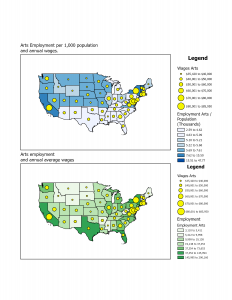Chapter 1
In Chapter 1, I learned several basic but useful skills, such as how to zoom in and move the map to focus on specific areas. I also discovered how to access and disable pop-up windows. Additionally, I learned how to create bookmarks for easy navigation.I explored how to turn different map features on and off to customize the view to my needs, as well as how to access the data tables associated with those features. One of the more useful things I learned was how to view the map in 3D.
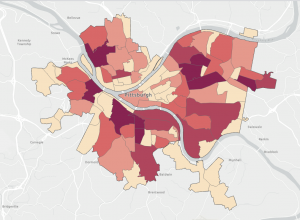
Chapter 2
In Chapter 2, I learned how to customize map symbols by resizing, reshaping, and changing their colors. I also learned how to create histograms to represent data visually. Additionally, I gained an understanding of how to color and define borders clearly, making sure they’re easy for the viewer to interpret. I also learned how to set label visibility limits so that labels only appear when zoomed in, keeping the map clean and uncluttered at wider views.
Chapter 3
In Chapter 3, I learned how to insert maps into a document, label them properly, and create clear, informative legends. This chapter also covered how to share maps online. Additionally, I learned how to format pages and add guidelines to ensure the layout is symmetrical and visually appealing. The maps shown below are the ones I created while working through this chapter.
